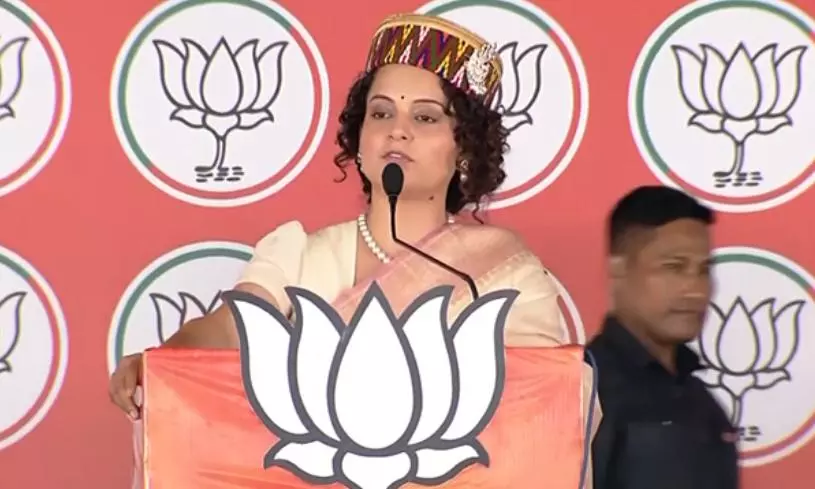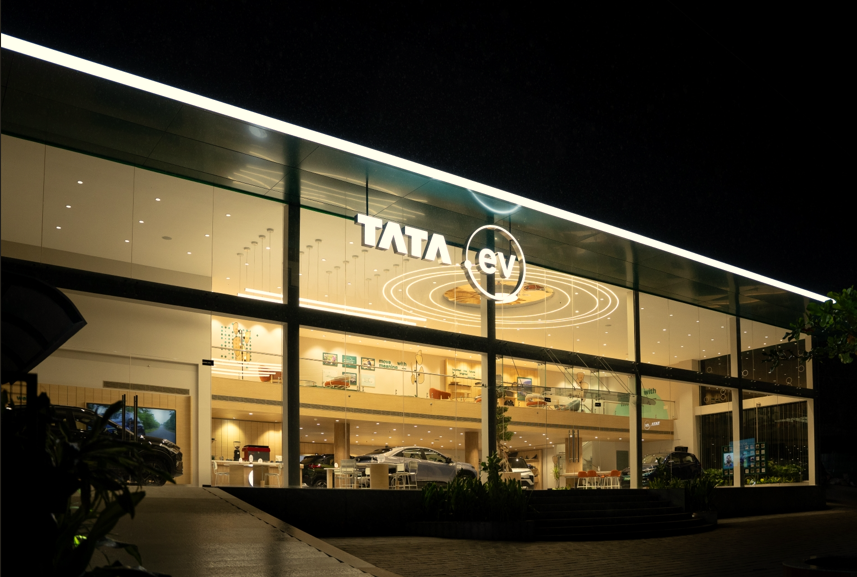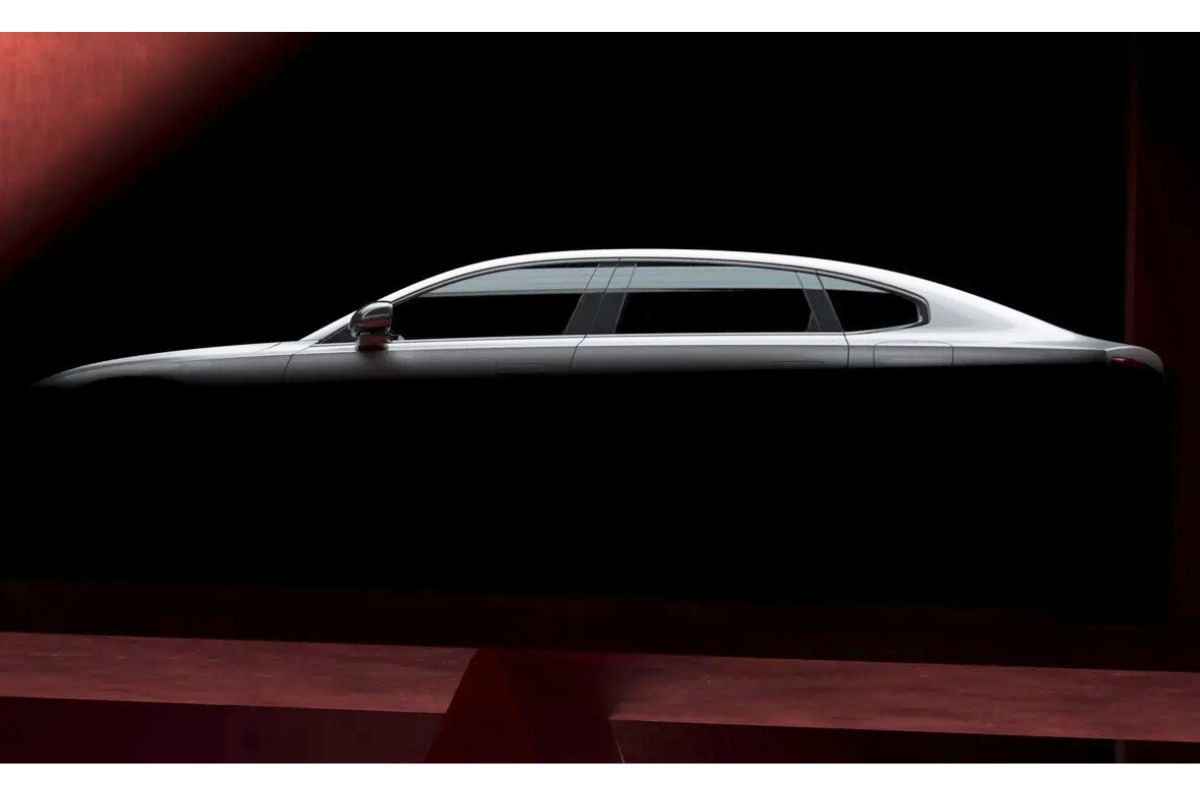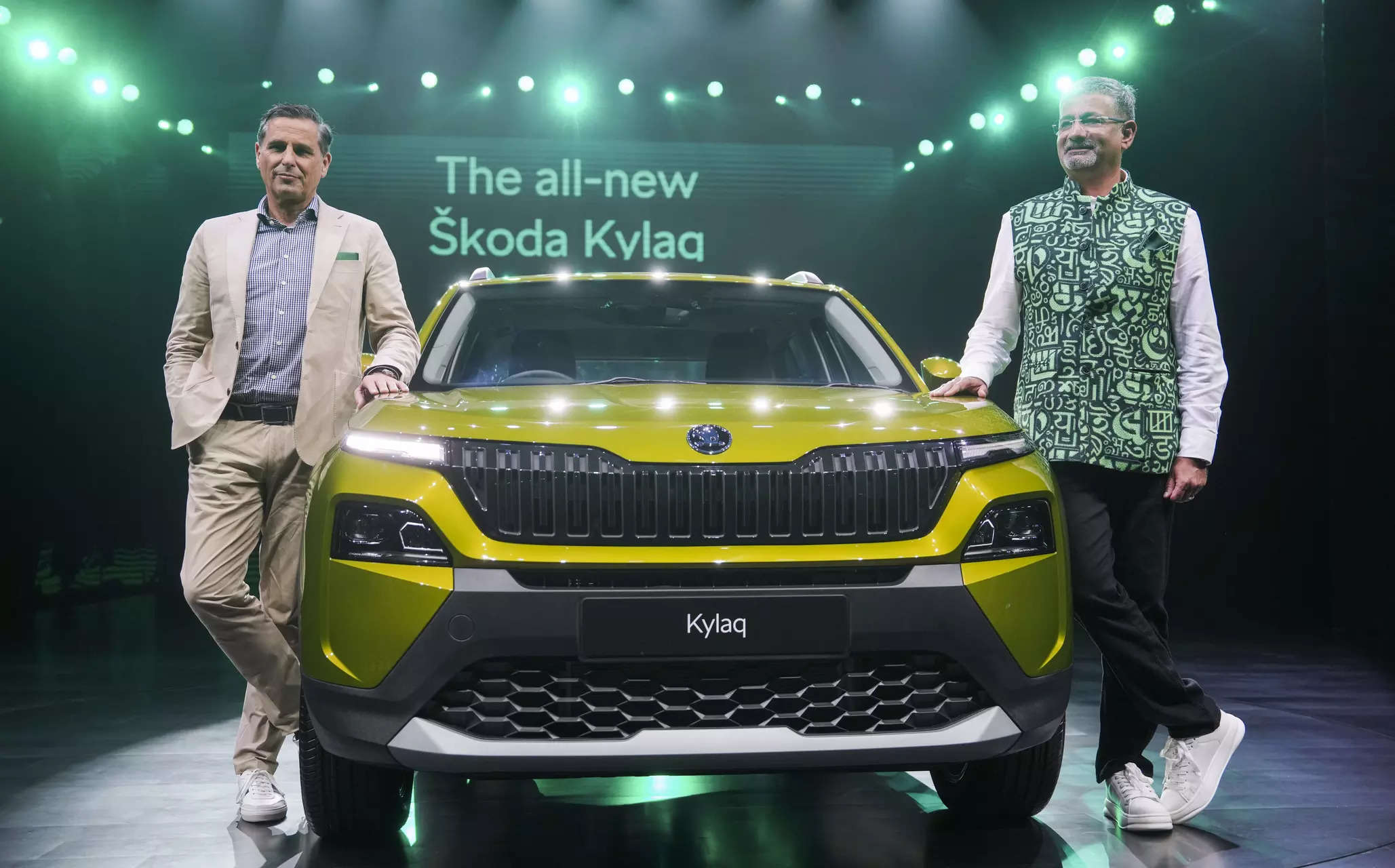While the initial teasers offered precious little of note, the latest promo for Honda 2 Wheelers India’s maiden electric scooter reveals a crucial piece of information – its range. The video sheds light on the colour digital dashboard – expected to be offered on the top variant – of the scooter, which denotes 100 per cent battery state of charge and a range of 104 kilometres in the selected ‘Standard’ ride mode. Also visible is the ‘Sport’ ride mode, which we expect will also be available on the higher-spec variant. The video also confirms the scooter will be equipped with call and music controls, navigation, Bluetooth connectivity, a trip meter and a power gauge. Another variant of the electric scooter – ostensibly the lower-spec, more affordable version – has a simpler digital readout, as seen in the video.
Also Read: Honda EV Fun, Urban Electric Two-Wheeler Concepts Showcased
Previous teasers have also revealed another key detail – the Honda electric scooter will feature a direct drive motor, much like the hot-selling Bajaj Chetak. However, the power output figures remain under wraps for now. We expect it to be close to the outputs of the Chetak, Ather Rizta and the TVS iQube.
Also seen in other teasers are a long seat and the LED headlight unit of the scooter, but other than this, most details of Honda’s first electric scooter for India remain a secret. It remains to be seen if this scooter will employ a fixed battery or Honda’s swappable battery pack.

The two-wheeler manufacturer, in 2023, had confirmed it was developing two scooters based on Honda’s ‘Platform E’, a dedicated EV architecture that supports both fixed as well as battery-swap-oriented two-wheelers. Honda has also announced plans to install charging stations across its extensive network of over 6,000 touchpoints.
Also Read: Honda Unveils Electric Compression V3 Engine At EICMA 2024
Over time, selected locations will be transformed into EV-only Workshop ‘E’ outlets, equipped with full-size and mini battery exchangers for swappable battery models, as well as charging cables for fixed battery models. Furthermore, Honda aims to expand its battery-swapping network to include high-traffic areas such as petrol stations, metro stations, and other popular locations.
























































